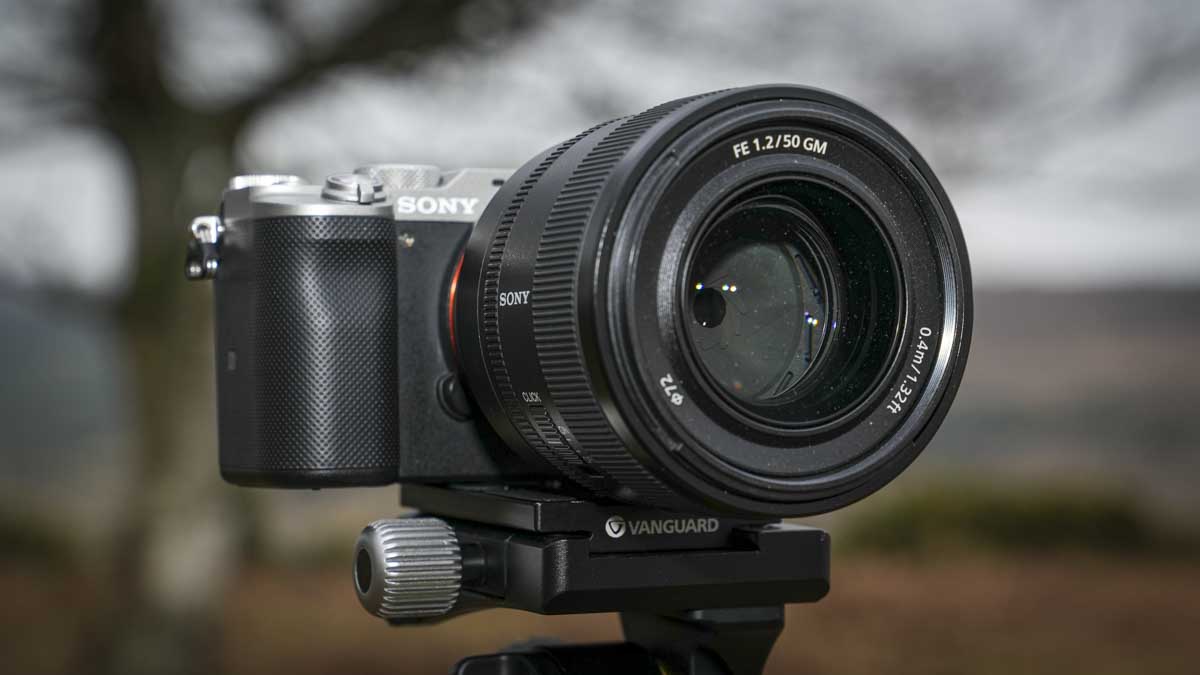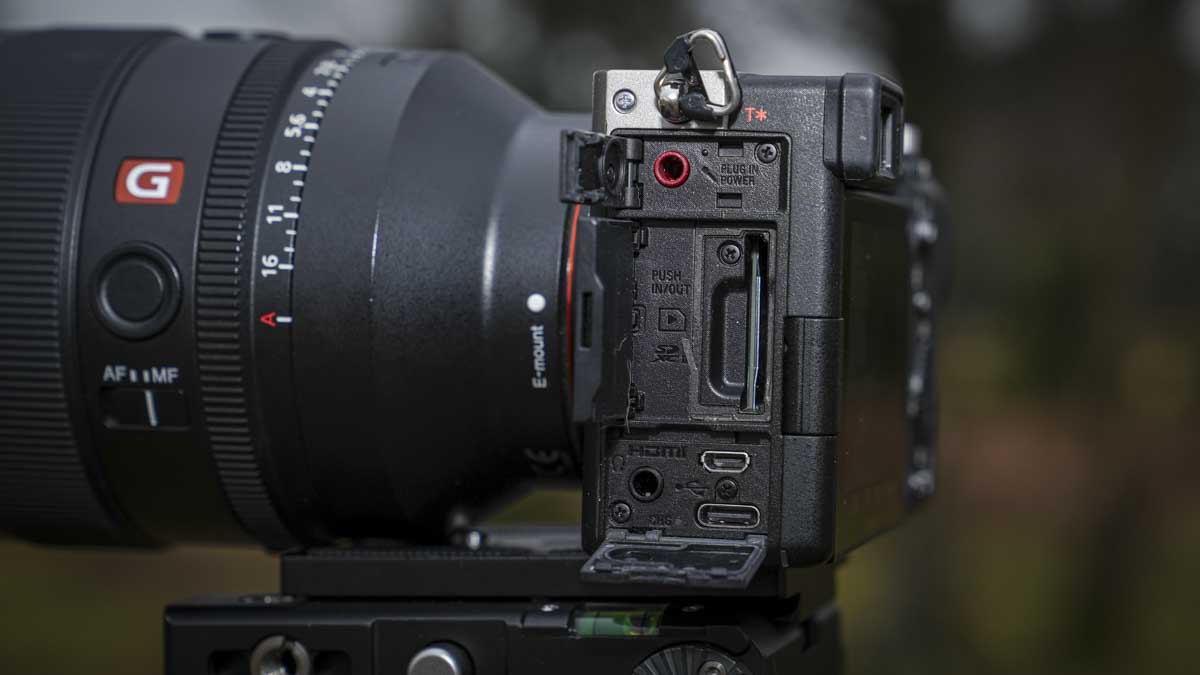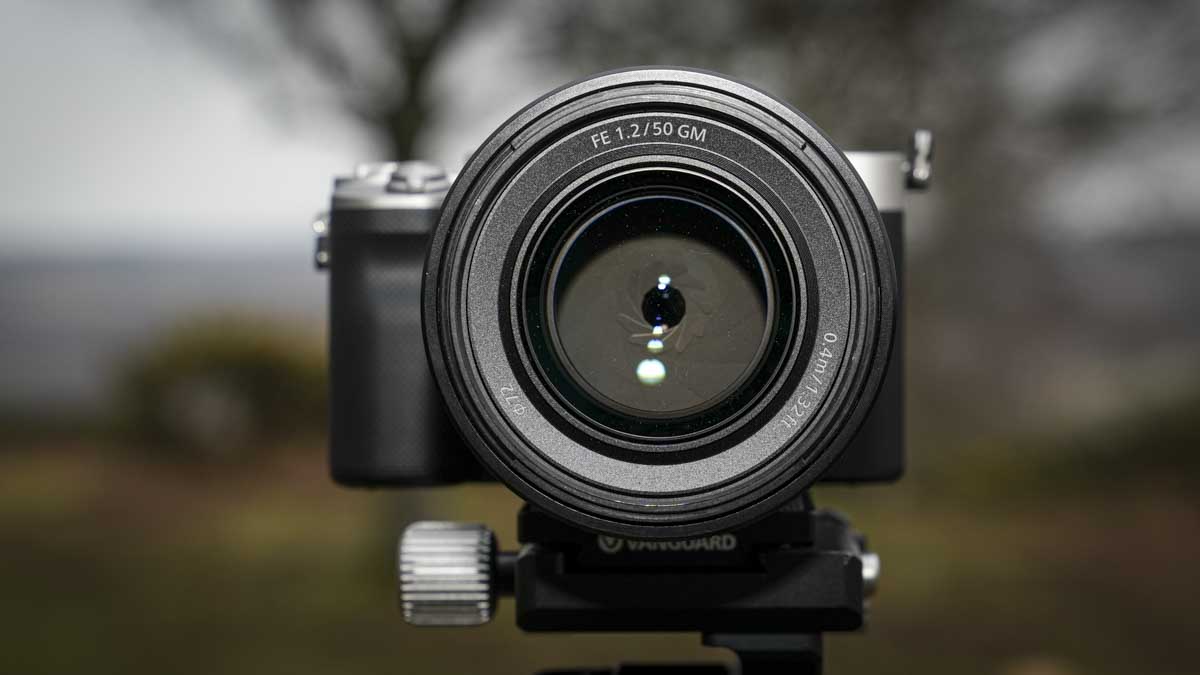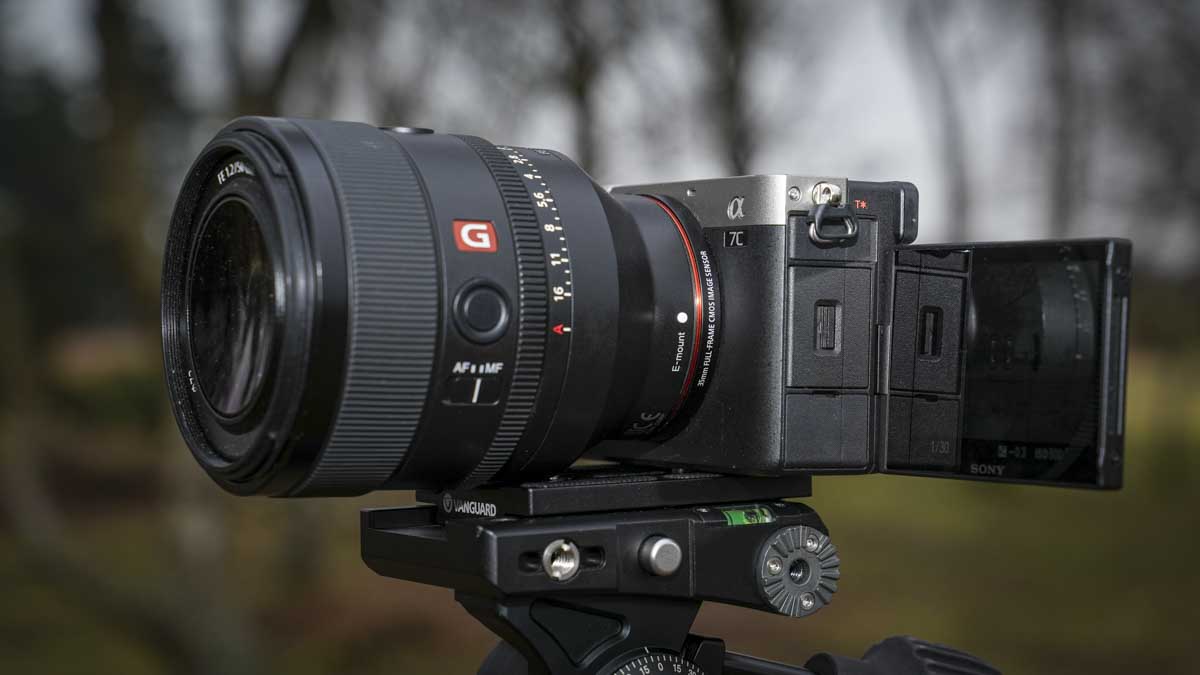The Sony A7C is the most compact full-frame mirrorless camera in Sony’s A7 series. It is designed to appeal to hybrid shooters who need a balance between stills and video in a lightweight, travel-friendly body. The A7C takes the core imaging capabilities of the A7 III and reworks them into a smaller form factor, making it a great choice for those who want the power of a full-frame sensor without the bulk of a traditional mirrorless camera.
While it shares some design elements with the A6600, such as its flat-topped body and corner-mounted viewfinder, the A7C is a step up in terms of image quality and low-light performance thanks to its larger sensor. It’s a great option for street and travel photography, where discretion and portability are key, but it also stands out as a hybrid camera for those shooting a mix of stills and video. Unlike the A7 III, which is geared more towards enthusiast photographers who prioritise stills, the A7C leans towards content creators and vloggers who need the flexibility of a vari-angle screen and strong autofocus performance for video. Meanwhile, the A6600 serves a similar role but at a lower cost, with an APS-C sensor instead of a full-frame.
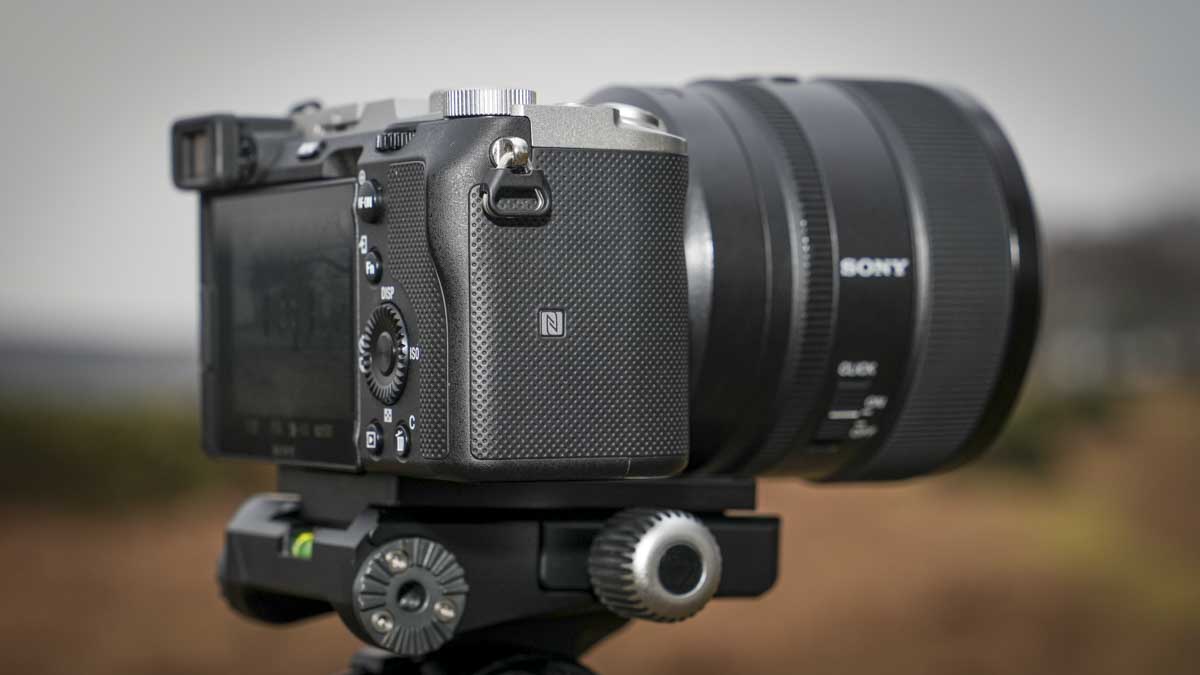
The A7C’s design makes it an exciting alternative for those who want full-frame quality in a more compact package, but it does come with trade-offs. The handling is a little different from traditional A7-series cameras. While it keeps the essence of Sony’s high-performance autofocus and image processing, it’s clearly aimed at a different type of user—someone who values portability and hybrid shooting over the more traditional DSLR-style ergonomics of other full-frame models.

